From Humber to Hefner with Who? in between
Full list of 2004 Mets draft picks
With draft day fast approaching and the Mets poised for a top 5 pick in 2014, it seems like a good time to look back at another draft day when the Mets were in rough shape. Coming off the worst Mets season since the years we do not talk about, the 2004 draft must have come with a sense of urgency. Sure, the Mets could use free agency and the Marlins to load up on veterans to get back to a winning record, but it would take solid reinforcements from the minors to keep any newfound success going for more than, say, three or four years. If the Mets could just hold out until late 2007, the 2004 draft class could come to the rescue and prevent disaster.
As luck would have it, Upper Deck went all out on draft pick autographs in 2004, so most of the top dozen picks are represented here. Just look at all these future Mets stars! The Mets signed all of their top 12 picks except for Neil Jamison. Of the 12 though, only three would make it to the majors. One other player drafted by the Mets in 2004 would make it to the majors, but we’ll get to that later.
Philip Humber
Philip Humber’s career trajectory is a strange one. Drafted just one pick behind Justin Verlander, the Mets must have had high hopes. Humber paid off fairly quickly as one of the pieces in the trade that brought Johan Santana to Flushing in 2008. After two uneventful seasons with the Twins, Humber signed with the Royals and worked his way through the Athletics, White Sox, and Astros on waiver claims. A year after pitching a perfect game for the White Sox, he went through waivers with the Astros and was sent down to AAA. Justin Verlander, he is not.
Nick Evans
Who? Evans may be most remembered for being forgotten. As a bit player in 159 games over 4 seasons, he didn’t do much worth remembering, so maybe that’s fitting.
Mike Carp
Carp is currently getting noticed as a part-time player with the Red Sox after being dealt to the Mariners in the ill-fated J.J. Putz megatrade and then getting swapped to the Red Sox this year for, well, not much of anything.
Those three players combine for 3.4 bWAR, 1.2 of it with the Mets. Factor in the trades and, well, Johan Santana had a pretty good 2008, right? If there’s any value to be found in the 2004 draft, we’re going to have to look elsewhere. And Elsewhere is Jeremy Hefner’s middle name (also Anybody, Warm Body, Fill-In, Placeholder, etc.)
Jeremy Hefner
Drafted in the 46th round in 2004, Jeremy Hefner wasn’t exactly a top prospect. And he didn’t sign with the Mets. They tried again in 2005 in the 48th round, but he still wouldn’t sign with the Mets. The Padres finally nabbed him in the 5th round in 2007, but Hefner would never play for the Padres in the majors. The Pirates then claimed him on waivers in 2011, only to turn around and put him back on waivers a few weeks later. And that’s when the Mets finally acquired Jeremy Hefner. It only took seven and a half years. Hefner would spend 2012 as a spot starter / long reliever before locking down a rotation spot in 2013 when everything started going wrong with Mets pitchers. The most significant Mets draftee in 2004 might be one who didn’t sign.
The Rest of the East
The Mets might not have done well in the 2004 draft, but how did the rest of the division fare? The Braves, usually known for drafting well, had a terrible draft, only getting major league performances out of two players, both at below-replacement level (27th round pick Tyler Flowers would turn out to be the best of the bunch but didn’t sign until he was drafted again by the Braves in 2005 and was traded to the White Sox in the Javier Vazquez deal before reaching the majors). Everyone else got just one useful player out of the 2004 draft – Ian Desmond for the Nationals (Expos), J.A. Happ for the Phillies, and Jason Vargas for the Marlins (who was later traded to the Mets, started two games, and joined Mike Carp in the Putz trade). Basically, the White Sox got about as much out of the NL East draft picks as any of the NL East teams did. And those 2007 Mets? The reinforcements never arrived.
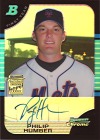
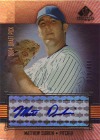


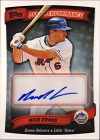
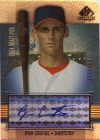

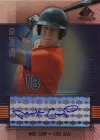
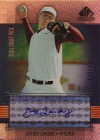
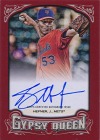
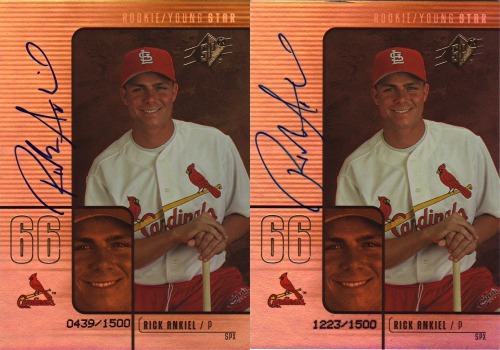
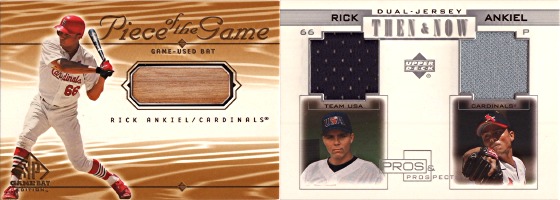
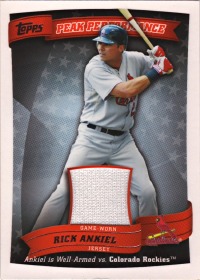
Recent Comments